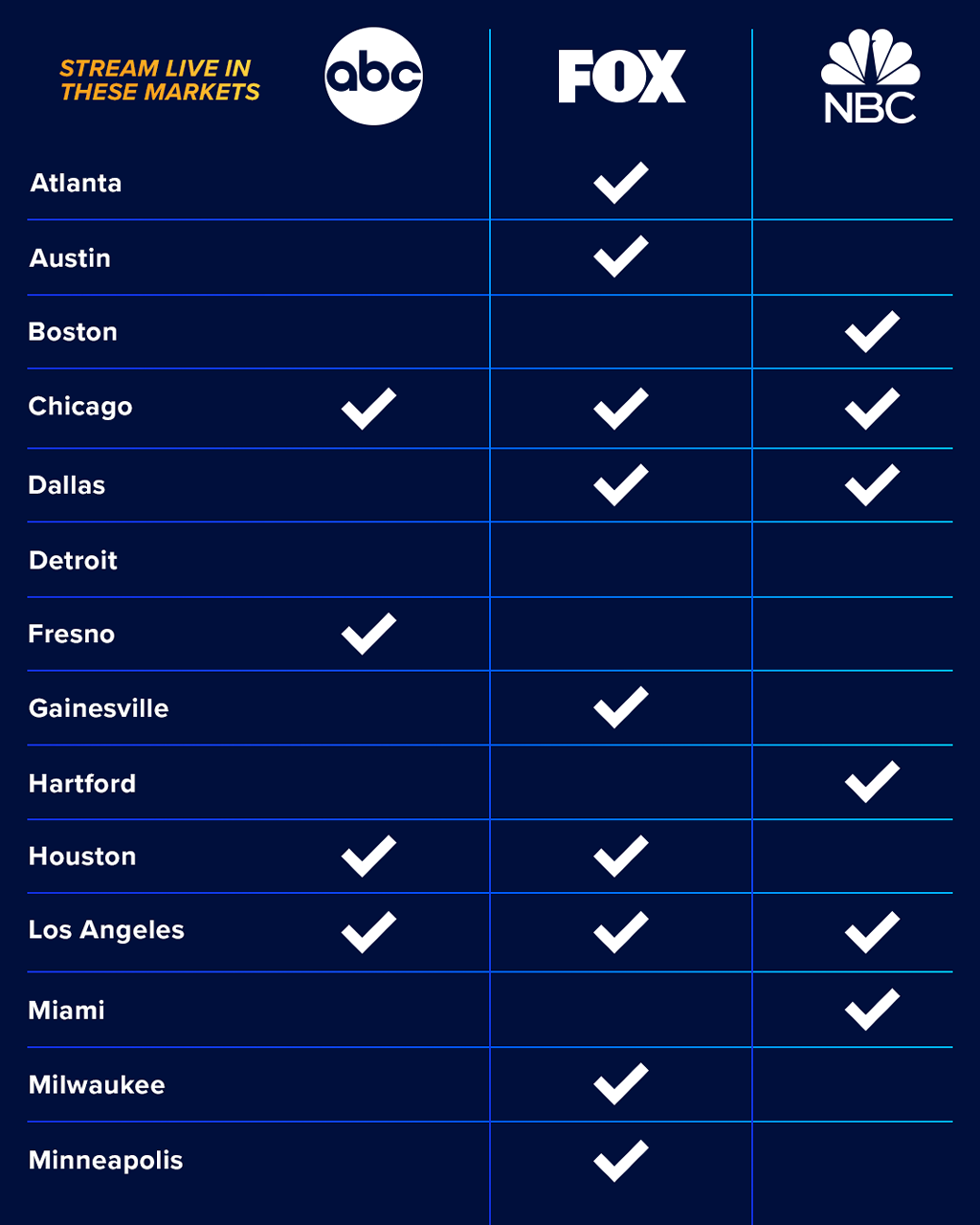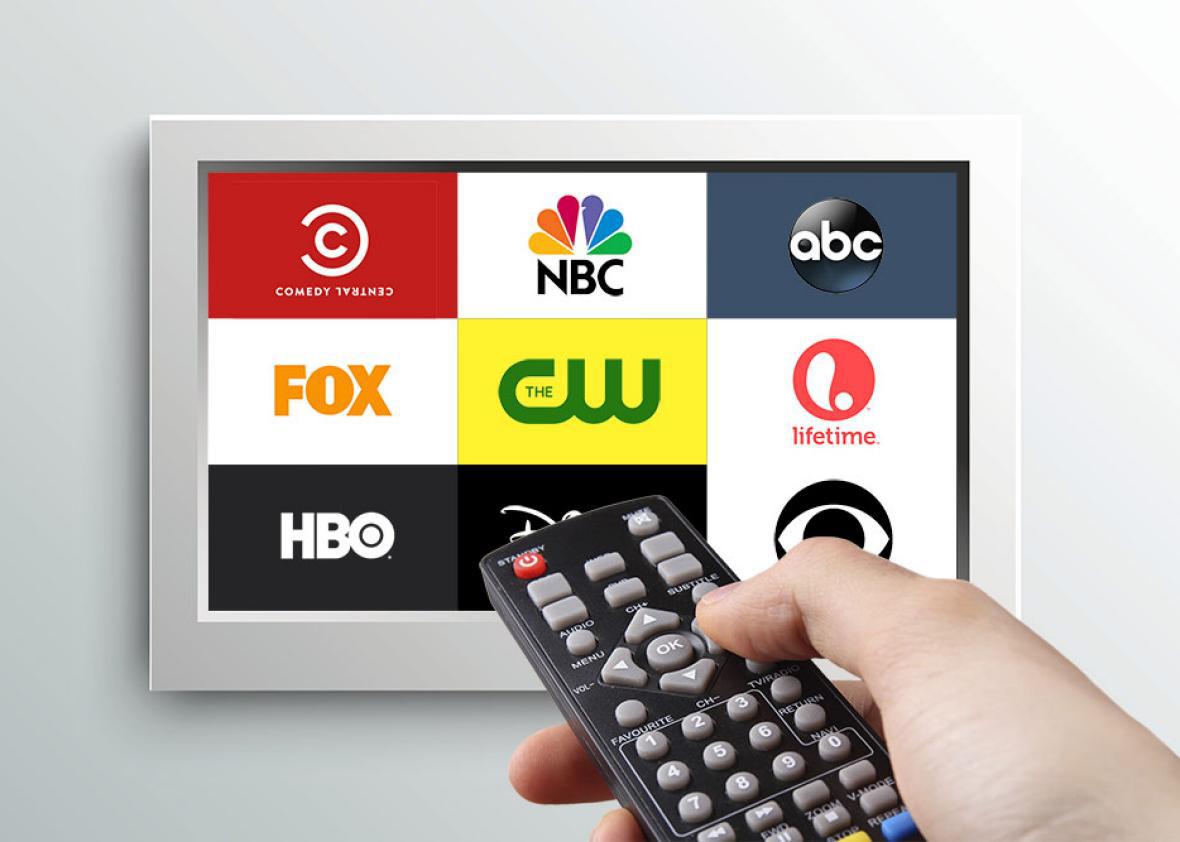Apollo Group Tv Things To Know Before You Get This
Apollo Group Tv Things To Know Before You Get This
Blog Article
Some Known Details About Apollo Group Tv
Table of ContentsAn Unbiased View of Apollo Group TvNot known Incorrect Statements About Apollo Group Tv Some Known Details About Apollo Group Tv Getting My Apollo Group Tv To Work
In this situation, instead than having three-minute business places throughout a 30-minute tv program, television programming might transform to one where a customer will certainly be required to have a month-to-month membership, to make sure that they cen sight targeted banner advertisements. This kind of marketing already takes place online, and the quantity of information television business accumulate allows them to do similar.Describe the significant trends amongst the broadcasting and cord networks. Popular radio shows such as cops dramatization Dragnet and western cowboy series Gunsmoke were adapted for tv, and brand-new TV shows were sponsored by single marketers, just as radio shows had actually been.
Today, the television sector is much more intricate. Programs are sponsored by several marketers; shows is controlled by significant media conglomerates; and the three major networks no longer dominate the airwaves however instead share their audiences with various cable channels. Numerous aspects account for these trends within the industry, including technological advancements, government guidelines, and the creation of brand-new networks.

More About Apollo Group Tv
Established in 1969, (PBS) developed out of a record by the Carnegie Commission on Educational Television, which analyzed the duty of educational, noncommercial tv on culture. Public television was likewise planned to offer global accessibility to television for customers in country locations or customers that might not afford to pay for personal television solutions.
The duration between 1950 and 1970 is historically acknowledged as the. Besides a small part of airtime managed by public tv, the three major networks (understood as the Big 3) controlled the television industry, collectively making up greater than 95 percent of prime-time watching. In 1986, Rupert Murdoch, the head of multinational company Information Corp, launched the Fox network, testing the prominence of the Big Three.
Targeting young and minority target markets with programs such as Buffy the Vampire Killer, Moesha, Dawson's Creek, and The Wayans Bros., the new networks intended to draw terminals away from their old network associations. Rather than duplicating the success of Fox, UPN and WB had a hard time to make an influence. Unable to draw in several associate terminals, both fledgling networks got to fewer households than their bigger rivals due to the fact that they were unobtainable in some smaller sized cities.
This decision led the way for the advancement of cable motion picture channels, adding to the exponential development of wire in the 1980s and 1990s. apollo tv. Additional deregulation of wire in the 1984 Cord Communications Plan Act got rid of limitations on wire rates, making it possible for drivers to bill what they desired for cable solutions as long as there worked competitors to the service (a criterion that over 90 percent of all wire markets could fulfill)
The Best Guide To Apollo Group Tv

Having actually developed the initial "superstation," Turner broadened his realm by establishing 24-hour information network CNN in 1980. At the end of the year, 28 national shows services were readily available, and the wire transformation had actually started. Over the next years, the industry underwent a duration of rapid development and popularity, and by 1994 audiences can select from 94 fundamental and 20 premium wire services.
Number 9 - https://apollogtv01.mystrikingly.com/blog/apollo-group-tv-revolutionizing-your-streaming-experience.16 Increased competition from cable networks has created a steady decrease in the networks' audience ratings. Throughout the 1950s, the price of creating a single television show enhanced as programs ended up being much longer and manufacturing prices skyrocketed. Sponsorship on network television shifted from solitary sponsorship, in which a program was entirely sustained and produced by one advertiser, to several sponsorship, in which advertisers bought 1- or 2-minute spots on the show
Choose one of the Big 4 networks and print out its once a week programs routine. See the network's prime-time programs over the program of a week, keeping in mind the target group for each program.
Some Of Apollo Group Tv

Direct TV, frequently referred to as conventional broadcast television, encompasses wire and satellite tv. It's called "linear" because content follows a predetermined programming timetable, unlike on-demand material which the individual visitor decides to watch based upon their very own preferences and routine. So, when you ask, "What is direct TV?", consider it as the classic method of seeing TV that has actually been around for decades.
Report this page